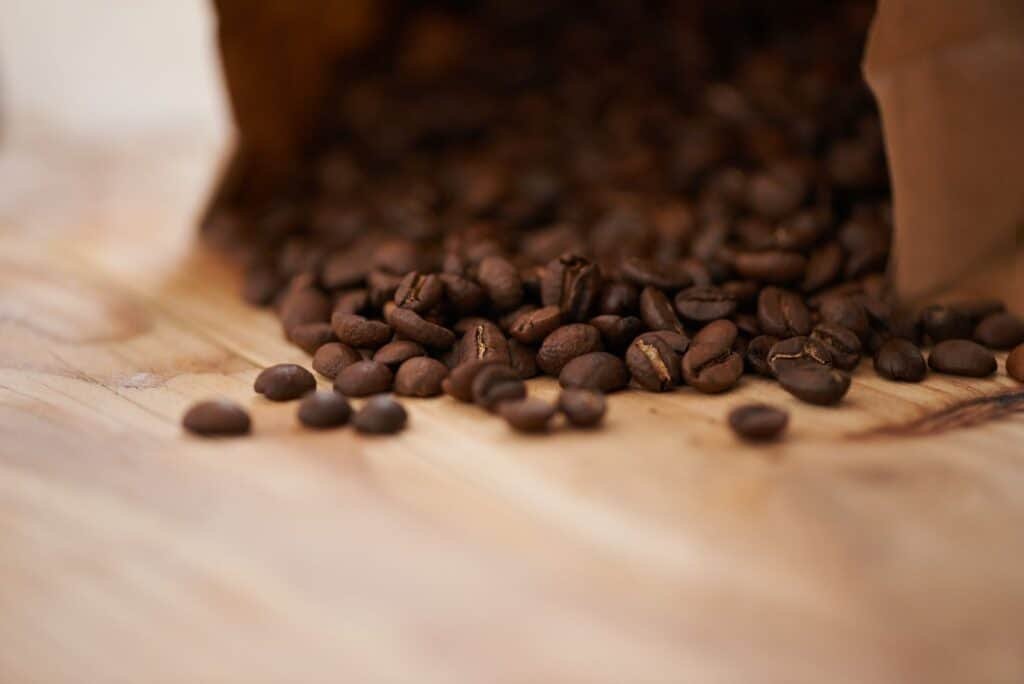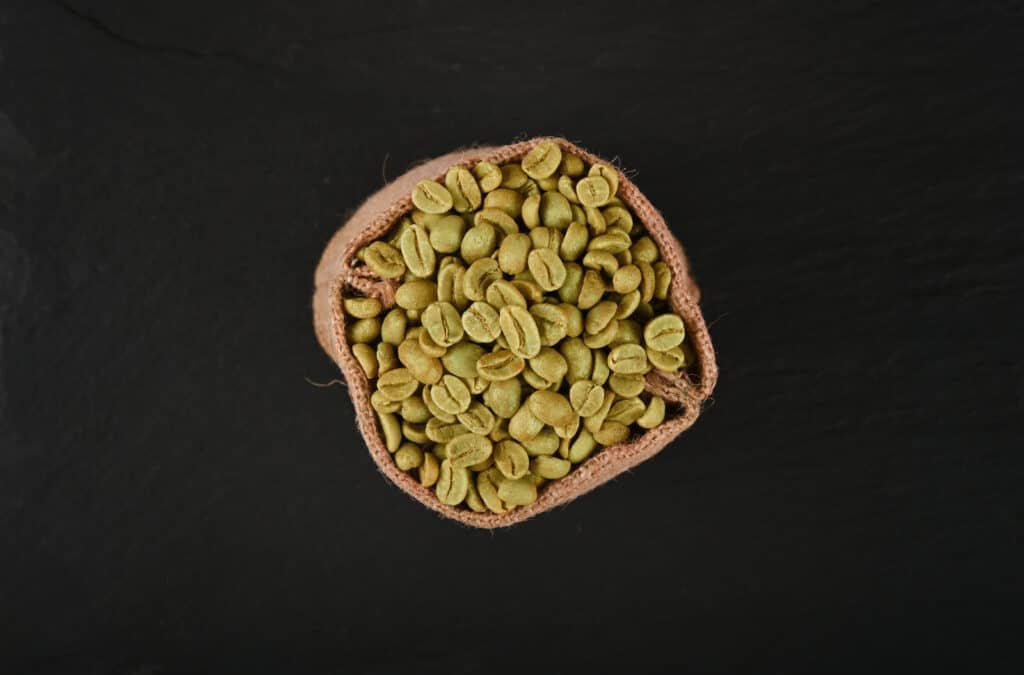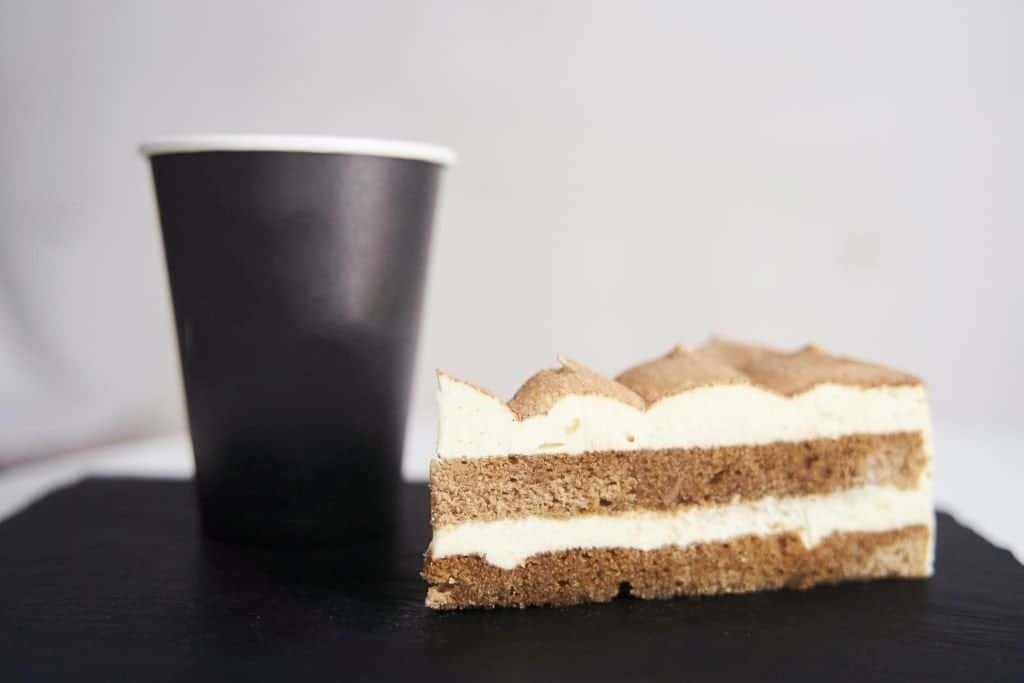Coffee lovers around the world have long debated the merits of roasted vs unroasted coffee beans. In their raw form, unroasted coffee beans are green, soft, and spongy, with a somewhat woodsy aroma. When roasted, these beans transform into the familiar light to dark brown, hard, and crunchy beans that most people associate with coffee. Roasting plays a crucial role in bringing out the taste and flavor profile of the beans, creating an enticing aroma and rich, bold taste.
While some may prefer the earthy, unprocessed taste of unroasted beans, it’s worth noting that the beverage produced from these green beans can come across as bitter and lacking in depth compared to coffee made from roasted beans. Additionally, it’s important to recognize that the caffeine content in unroasted beans is generally lower than that of their roasted counterparts. The roasting process not only adds to the complexities and layers of taste in the coffee but also increases the caffeine content, something many coffee drinkers look for in their daily pick-me-up.
Despite the undeniable appeal of roasted coffee beans, it’s essential to acknowledge that unroasted beans can be more affordable, and some people appreciate the opportunity to roast their beans at home, giving them control over the final product. Whether it’s about taste, cost, or control, the choice between roasted and unroasted coffee beans caters to the preferences and priorities of all types of coffee enthusiasts.
Roasted Coffee Beans

Types of Roasts
There are various types of roasted coffee beans, differentiated by the degree of roast. The color range varies from light to dark brown, with each type offering unique taste profiles. Some common types of roasts include:
- Light Roast: Often characterized by a lighter brown color, it has a mild acidity and complex flavor notes.
- Medium Roast: This roast is considered the “sweet spot” for coffee roasting. It maintains a good balance of acidity, aroma, and body, leading to a well-rounded coffee experience.
- Dark Roast: Producing a dark brown bean color with an oily surface, dark roasts often boast bold, robust flavors, and have a thicker body with a bitter edge.
Roasting Process
Roasting coffee beans is an art that involves heating them up to release the flavors and aromas hidden within the raw, green coffee bean. The process aims to achieve a precise internal temperature, typically ranging from 437-454ºF (225-234ºC) to induce a series of chemical reactions that develop the desired taste profiles.
During roasting, even heating and consistent movement of the beans are crucial for achieving a uniform roast. As the beans heat up, they go through various stages, such as the “first crack” and “second crack.” It is essential for roasters to monitor these stages to determine the roast level and to stop the process at the desired point.
Taste Profile
Roasted coffee beans offer a wide range of flavors, intricacies, and aroma profiles that contribute to the overall experience of brewing and enjoying coffee. The taste profile of the beans largely depends on the type of roast. For example:
- Light Roasts: These beans tend to exhibit bright, fruity notes with a milder body and higher acidity, making for a vibrant and refreshing cup of coffee.
- Medium Roasts: With a balanced blend of body, acidity, and aroma, medium roasts highlight the unique characteristics of the coffee bean’s origin, resulting in a smooth and satisfying coffee experience.
- Dark Roasts: Bold, robust, and often bitter, dark roasts deliver strong flavors and a more substantial body, with lower acidity levels. These beans are well-suited for those who prefer a rich, intense cup of coffee.
Unroasted Coffee Beans

Green Coffee Beans
Unroasted coffee beans, often referred to as green coffee beans, are the raw form of the beans before they undergo the roasting process. These beans are green in color and have a soft, spongy texture. They may have a woodsy smell and are quite different in appearance compared to their roasted counterparts.
Taste Profile
When it comes to the taste profile of unroasted coffee beans, they are known to be highly acidic and bitter. This is due to the natural acids present in the beans that have not yet been broken down by the roasting process. Brewing coffee with unroasted beans often results in a woody, grassy, and overall unpleasant flavor, which is why the majority of coffee drinkers prefer roasted beans for a more enjoyable beverage.
Shelf Life
One advantage of unroasted coffee beans is their longer shelf life compared to roasted beans. Green coffee beans can be stored for extended periods without losing their freshness, provided they are kept in a cool, dry, and dark environment. This makes them an ideal choice for those who prefer to roast their beans at home, allowing for a fresher taste and more control over the roast level.
Keep in mind that once the green coffee beans are roasted, they should be used as soon as possible to enjoy the peak flavor and freshness.
Health Benefits and Differences
Both roasted and unroasted coffee beans offer various health benefits to the consumer. However, there are notable differences in their nutritional components and effects on the body.
Unroasted coffee beans are rich in antioxidants and chlorogenic acid, a compound believed to help regulate blood sugar levels and potentially aid in weight loss. The roasting process reduces the quantity of chlorogenic acid, thus making unroasted beans a better choice for those seeking its benefits.
Roasted coffee beans, while containing less chlorogenic acid, have their own set of advantages. For instance, the roasting process breaks down some of the acid in the beans, making the coffee less acidic and easier on the stomach for some individuals.
In terms of caffeine content, both types of beans vary. Generally, darker roasts have lower caffeine levels compared to lighter roasts. However, this difference is quite minimal, and personal taste becomes the deciding factor when choosing a roast level to enjoy.
The following are some key points of health benefits and differences between roasted and unroasted coffee beans:
- Unroasted beans are abundant in antioxidants and chlorogenic acid.
- Roasted beans are less acidic, making them gentler on the stomach.
- Caffeine levels differ slightly based on roast level and type of bean.
- Personal taste and preference play a significant role in choosing between roasted and unroasted beans.

Choosing the Right Coffee Beans
When deciding between roasted and unroasted coffee beans, it’s essential to consider the factors that matter most to you, such as flavor, aroma, caffeine content, and shelf life. Each type of bean offers unique characteristics that cater to different tastes and preferences.
Roasted coffee beans are available in various shades from light to dark brown, and their flavors and aromas are typically much more pronounced than those of unroasted beans. The roasting process enhances the richness, boldness, and complexity of the beans, which many coffee lovers enjoy. However, it’s worth noting that roasted beans have a higher caffeine content and may be less acidic due to the roasting process.
Unroasted coffee beans, also known as green beans, are softer and spongier in texture. They have a woodsy aroma and earthy, grassy taste. They have lower caffeine content and may be more acidic than roasted beans. Some people prefer unroasted beans for their natural flavors and longer shelf life. They also offer more control over the roasting process, allowing you to experiment with different levels of roasts and flavors.
When selecting coffee beans, consider the following factors:
- Flavor and Aroma: Choose roasted beans for a bold, complex taste and nutty aroma, or unroasted beans for a more earthy, grassy flavor.
- Caffeine Content: Roasted beans have a higher caffeine content than unroasted beans.
- Acidity: Roasted beans may be less acidic than unroasted beans.
- Shelf Life: Unroasted beans have a longer shelf life, allowing you to store them for extended periods before roasting.
- Personal Preference: Ultimately, the choice between roasted and unroasted coffee beans comes down to individual taste and brewing preferences.
Taking these factors into account will help you choose the right coffee beans to suit your preferences and provide the optimal coffee experience.




